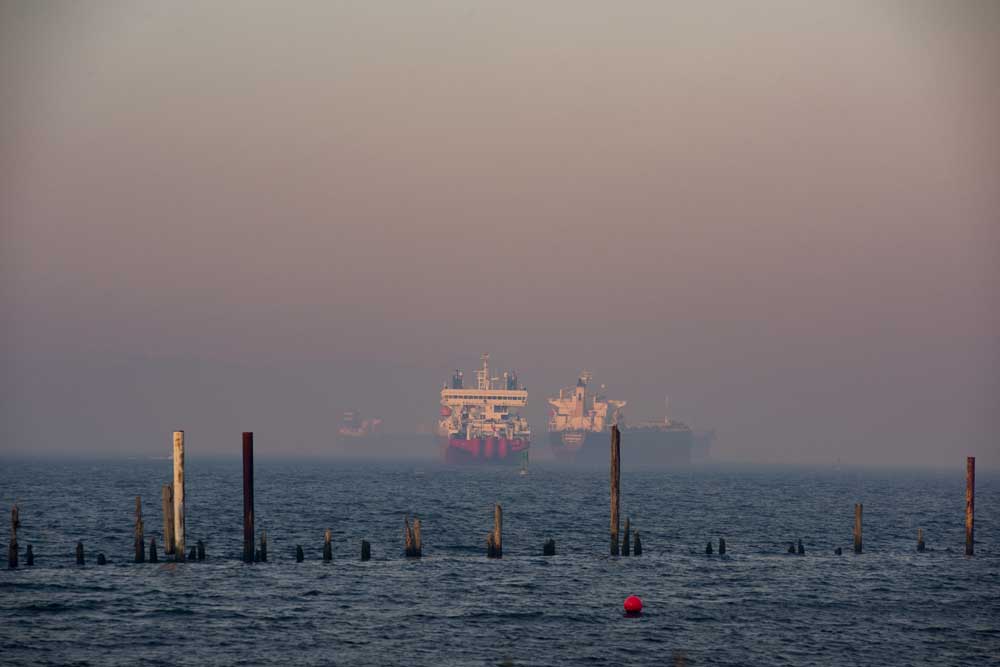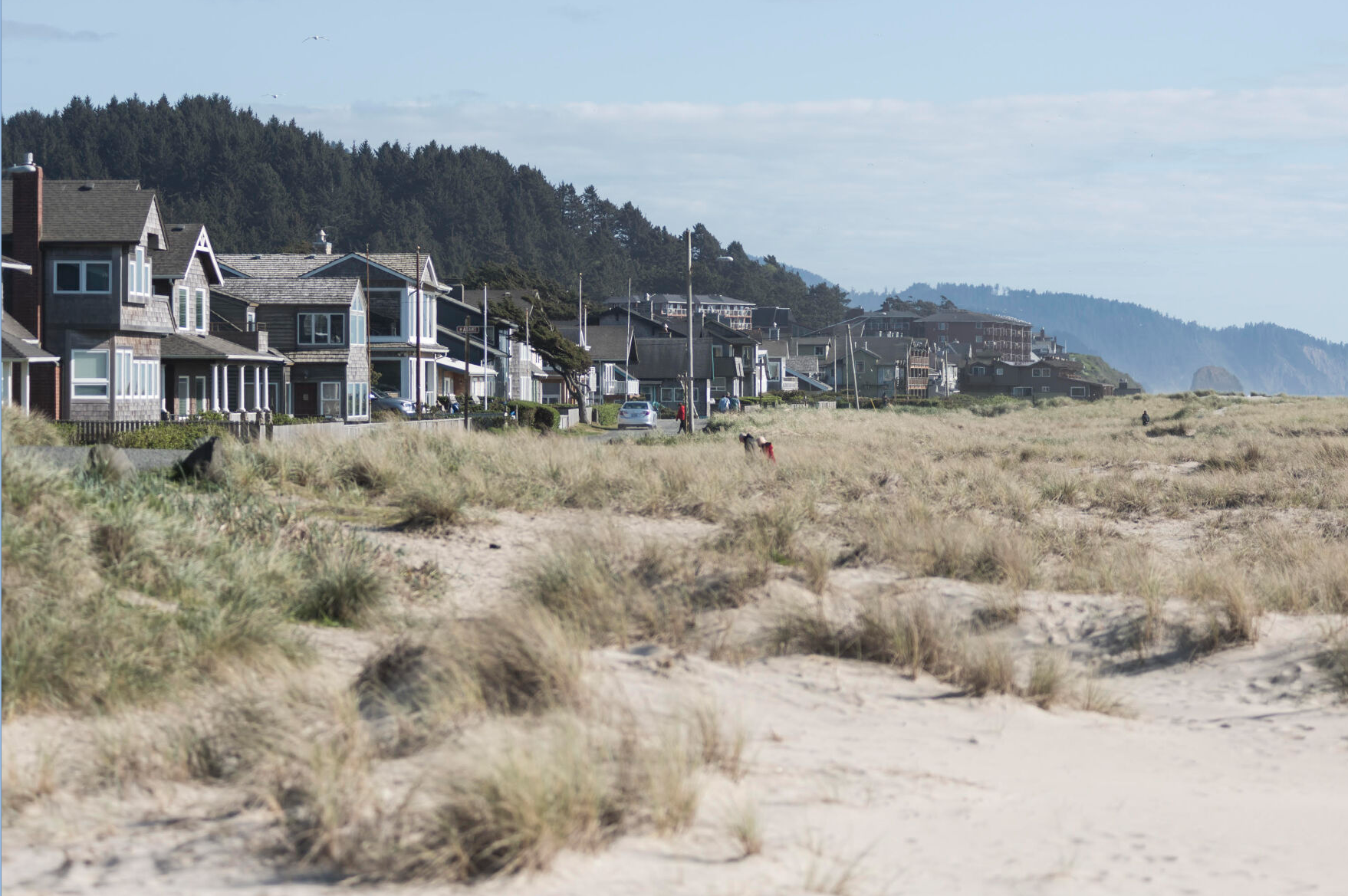Our View: A reset on climate and infrastructure
Published 12:30 am Thursday, January 21, 2021

- Addressing climate change and investing in infrastructure are priorities for our region.
President Joe Biden has the opportunity for a reset on climate change and infrastructure.
Trending
On the North Coast, we are vulnerable to rising sea levels, landslides and wildfires. Our economic survival depends on preserving the Columbia River as a vital shipping channel, improving the Port of Astoria, strengthening our highways, roads and bridges and preparing for a Cascadia Subduction Zone earthquake and tsunami.
We look to the federal government to have the foresight to address climate change and the wisdom to invest in infrastructure. For the past four years, that foresight and wisdom has been absent.
We agree with President Biden that climate change is an existential threat. On the international stage, we believe the United States should recommit to the Paris climate accord and pressure other major polluters, particularly China, to take stronger steps to contain greenhouse gas emissions. On the national stage, we favor the move away from coal as an electric power source and incentives for the auto industry to convert to cleaner-burning fuel and electric vehicles.
Trending
Last year, we changed our mind and supported cap and trade before the Oregon Legislature as a step forward on climate change after opposing House Bill 2020 in 2019. While Oregon should not wait for the federal government to take action, we think regional and national approaches have the potential to be the most successful.
Infrastructure is an essential component of Biden’s climate agenda. The chance for a clean energy future and new jobs that position the United States to compete in the global economy is in front of us.
But investments in infrastructure can happen on a separate track. Climate change remains politically polarizing and it will take time and patience to reach consensus. The bipartisan enthusiasm for an infrastructure package has only grown during the coronavirus pandemic.
Biden intends to unveil a “Build Back Better Recovery Plan” in February that could serve as an outline for Congress. In a speech last week, the Democrat referred to reviving the nation’s manufacturing sector and significant investments in research and development for new technology.
Given four years where “Infrastructure Week” became a punchline on Twitter, the new president shouldn’t overpromise. A bread-and-butter blueprint would be fine.
“It’s time to stop talking about infrastructure and finally start building it,” Biden said. “Millions of good-paying jobs that put Americans to work rebuilding our roads, bridges and ports to make them more climate resilient, to make it faster, cheaper and cleaner to transport American-made goods across our country and around the world.”
We hope the Biden administration works collaboratively with Democrats and Republicans to craft a spending plan that can reach the states as soon as possible. State and local governments can leverage the federal money and upgrade crumbling infrastructure.
While we would place the Port and some of our highways and bridges at the top of the priority list on the North Coast, we also would like to close the broadband gap that deprives too many rural communities of high-speed internet access.
There is a tendency after a presidential election to raise expectations about what is possible. We expect Biden to lead on climate change, but we don’t think the president — or any one leader — can magically solve the problem.
We know an infrastructure package is achievable. And we do expect Biden and a Congress controlled by Democrats to deliver.









